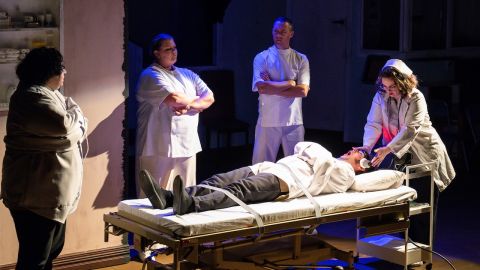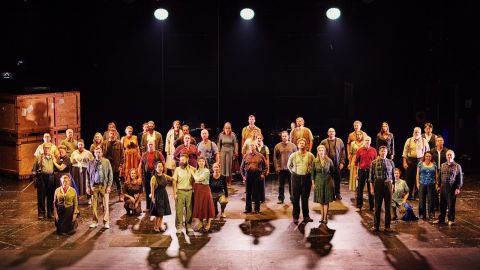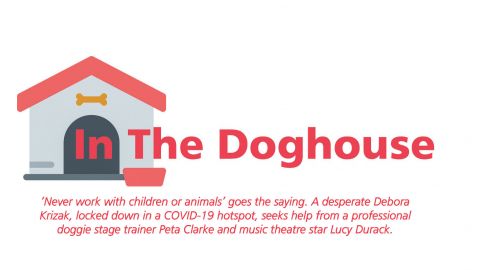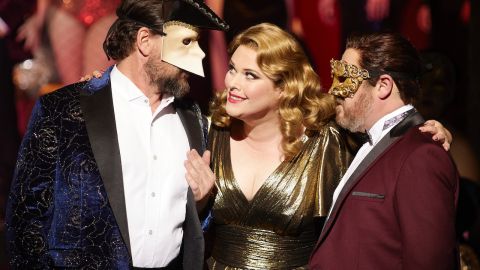Director’s Diary - Lambs
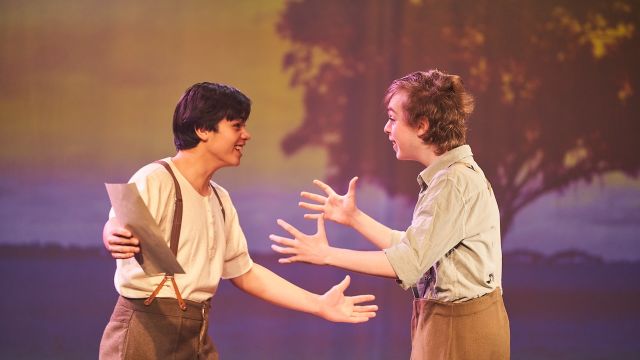
For two years, an Adelaide youth theatre company workshopped stories about teenagers lying about their age to enlist in WW1, creating a production described as having exceptional professionalism and dedication. Barry Hill spoke to Director/Writer Sean Riley and designer Kim Liotta.
The Story
Sean Riley: “I read a true story about a NSW schoolteacher who overheard one of his favourite students telling his classmates that he was going to enlist (in WWI) illegally in another town. His teacher said, ‘I’ll come with you, and we’ll go together.’ So (both) signed up, and then the teacher went back to tell the boy’s parents. They told him, ‘You’d better make sure you bring him back!’ So, I dropped this concept on my youth theatre group who were excited and primed. That was two years ago!”
Riley said the play took audiences from a fictional town of St Jude “to No Man’s Land, an army hospital behind the frontlines, northern France and the trenches.” It also shared the perspective of female characters and explored the lives of those left at home.
The boys’ stories were brought to life through a mix of soliloquies, dialogue scenes, period-accurate costuming, an original soundtrack and film projection.
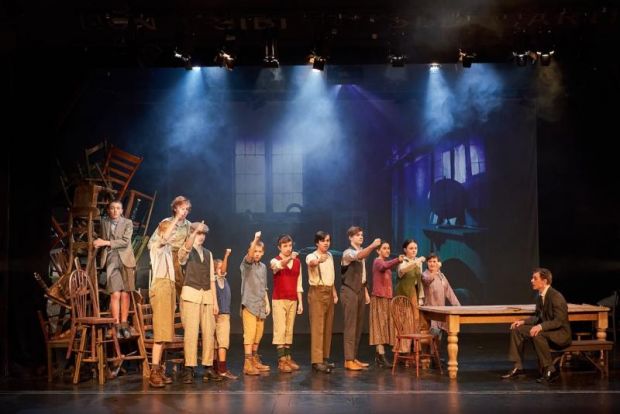
Developing the Work
I asked Sean how members of his drama academy, aged 7 to 23, took on a challenge of a new work with such serious subject matter.
“With the company, we always develop work. It’s very rare I bring a script in. I like developing it over a long time.”
He went on to explain, “Most companies do ‘quick fixes’ (shows in short periods of time), but I’m not into that – good work takes time! Discussions went backwards and forwards, so that when the script was written it was not alien to them. They had improvised scenes which I linked together, and they spring-boarded from that. So, it became a sense of ownership.”
Cast Experience
“The range of cast experience was varied. Some of the students had never performed before and getting close to the performances they were like ‘rabbits in the headlights’. They didn’t know basic stage terms like ‘curtain call’ or footlights. In fact, one of the boys thought it must be a light, shaped like a foot!”
Rehearsal Period
Naturally there were some changes as the show evolved over the years; one boy’s voice broke and the cast grew in stature. However, Riley was not concerned. “It was their ownership; they were in it! They had improvised it for two years. The cast did not worry me at all! In the rehearsal room I would say, I want to start a rehearsal in five minutes – total silence, I turned around, and they were all ready!”
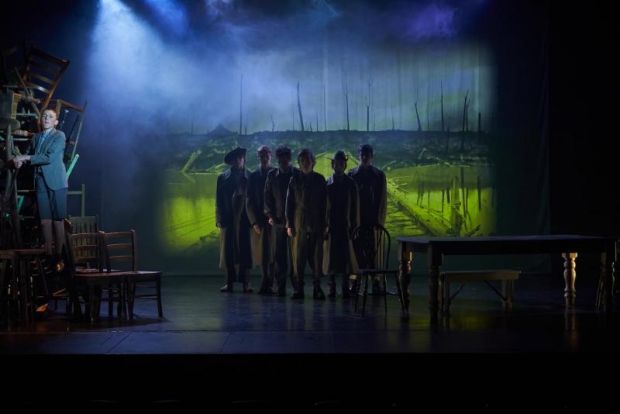
The Design
The discussion then turned to the design of the play, which was a combination of Kim Liotta’s set and the students’ filming and soundscape. There was a pile of chairs on one side of the stage that was scaled several times by the narrator – a little boy.
Liotta described the concept of his design.
“The world has exploded, and everything is a mess. I wanted to also signify something spiritual up high, but I found out a week before that the boy playing the narrator was afraid of heights. So, I made little handholds for him to hang on to and feel safe. I adapted the set to suit. I even put him in little ballet flats so he could feel what was under his feet. I also wanted the light to come through the structure, so that there would be a halo sort of effect.
“I wanted to keep it simple because the projections (created by students) were so good (they included a country town, battlefield and inside a farmhouse). My philosophy is to recycle everything. I didn’t buy anything new as there is so much waste in theatre. The only thing I hired was the nurse’s outfit, because it would cost more to make than to hire.”
The uniforms came from the Keswick army barracks (WW1 collection). When asked how they got them to fit the kids, Sean was quick to reply, “All the uniforms were small and heavy. It was an amazing resource.”
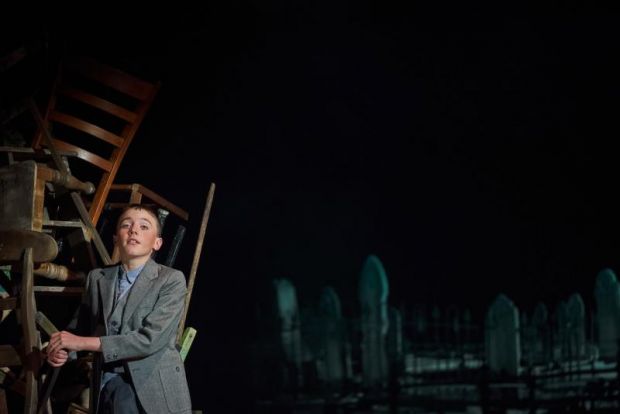
Student Reaction
I was interested to hear any feedback from the students after the production.
Sean told me, “It was a turning point because when you’re with young people, what they achieve means everything. One of the boys was very soft at the beginning of the process. At the end he declared that he learnt to be loud!”
Another boy feels it has cemented his desire to be in the acting world. One of the students did all the film editing work and the composer was 15 years old. After reading the script he asked for ideas and “then every week for next three weeks, he (delivered soundscapes) and it was performed just as he presented it. It was immaculate!”
Finally, I asked if there were any surprises during production. Both Sean and Kim had their share. They observed that their students’ confidence developed as the show progressed and they kept getting better.
Sean said, “One night the screen went blank and there was three minutes of technical error, and you felt the cast galvanise…they lifted the energy.
“My surprise was that it was so professional, and they were so supportive … they were an ensemble.”
Conclusion
A gut-wrenching moment for me was the boys calling for their mothers when faced with the barbarity of war.
Lambs was a landmark in youth theatre that packed a massive punch emotionally and visually, with a message that is still relevant today. As was written in the program, “Behind the work is the failure of adults to protect children. And World War I is the example of that.”
Riley’s writing and direction was sensitive and ‘in your face’, bringing to life the innocence of children, the horror of the trenches where boys fought and witnessed atrocities alongside grown men, and their return to a country forever changed by war.
So, what can other companies learn from this ground-breaking youth theatre company? Sean puts it best when he says, “My big thing is emotional truth, that’s what I spend most time on … I want for the audience, when they come and see our show, that the experience is above and beyond … it’s the energy and joy!

